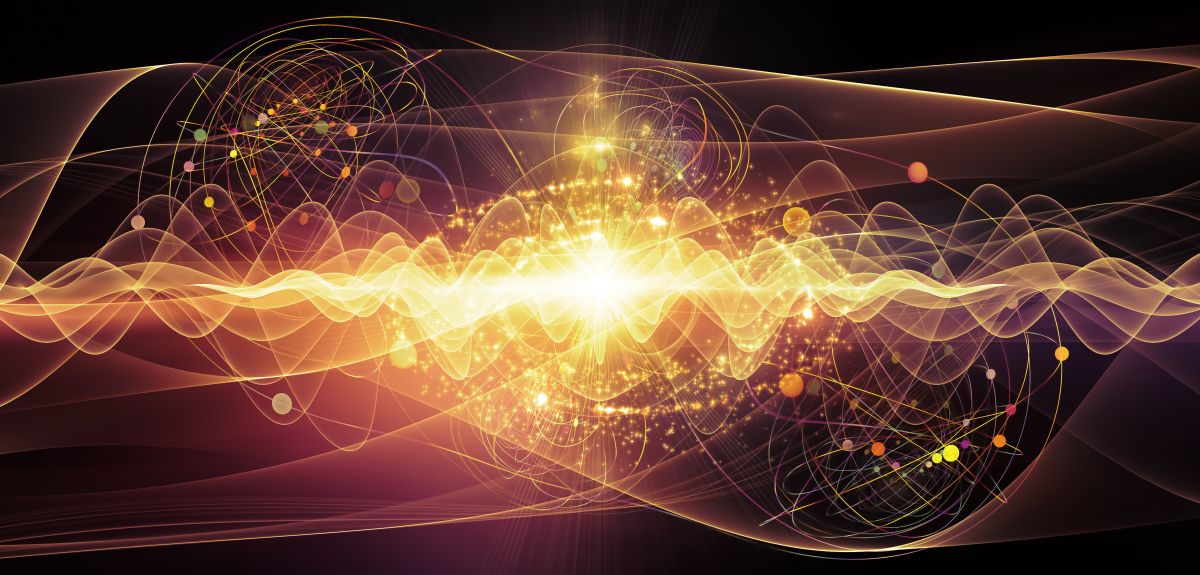
Image credit: Shutterstock
Magnetic monopoles make acoustic debut
Magnetic monopoles are fundamentally important but highly elusive elementary particles exhibiting quantised magnetic charge. The prospect for studying them has brightened in recent years with the theoretical realisation that, in certain classes of magnetic insulators, the thermally excited states exhibit all the characteristics of magnetic monopoles.
Now, a collaboration led by Professor JC Séamus Davis and Professor Stephen J Blundell of the University of Oxford’s Department of Physics has developed a new approach to detecting and studying these ‘emergent’ magnetic monopoles – including the discovery that, when amplified, the noise they make is audible to humans. The findings are published in the journal Nature.
In 2018, Professor Blundell and his colleagues Dr Franziska Kirschner and Dr Felix Flicker predicted that the random motion of magnetic monopoles inside these compounds would generate a very specific kind of magnetisation noise.
This means that a crystal of one of these magnetic insulators should spontaneously generate wildly and randomly fluctuating magnetic fields both internally and externally, as the monopoles move around. The catch was that these fields vary rapidly and randomly at every point, so that the net fluctuating field through a sample was predicted to be near one billionth of the Earth’s field.
In response, Professor Davis and colleague Dr Ritika Dusad built an exquisitely sensitive magnetic-field-noise spectrometer based on a superconducting quantum interference device – a SQUID.
Professor Davis said: “Virtually all the predicted features of the magnetic noise coming from a dense fluid of magnetic monopoles were then discovered emerging from crystals of Dy2Ti2O7. Extraordinarily, because this magnetic monopole noise occurs in the frequency range below 20kHz, when amplified by the SQUID it is actually audible to humans.”
Professor Blundell added: “What makes magnetic monopoles fascinating is that they ‘emerge’ from a dense lattice of magnetic monopoles, and this makes their motion highly constrained – very different from a typical gas of charged particles. This observation led us on a search for the signature of this constrained motion in the magnetic noise spectrum. These exciting results open up the possibility of using magnetic noise to study many other exotic magnetic systems containing different species of emergent particles.”